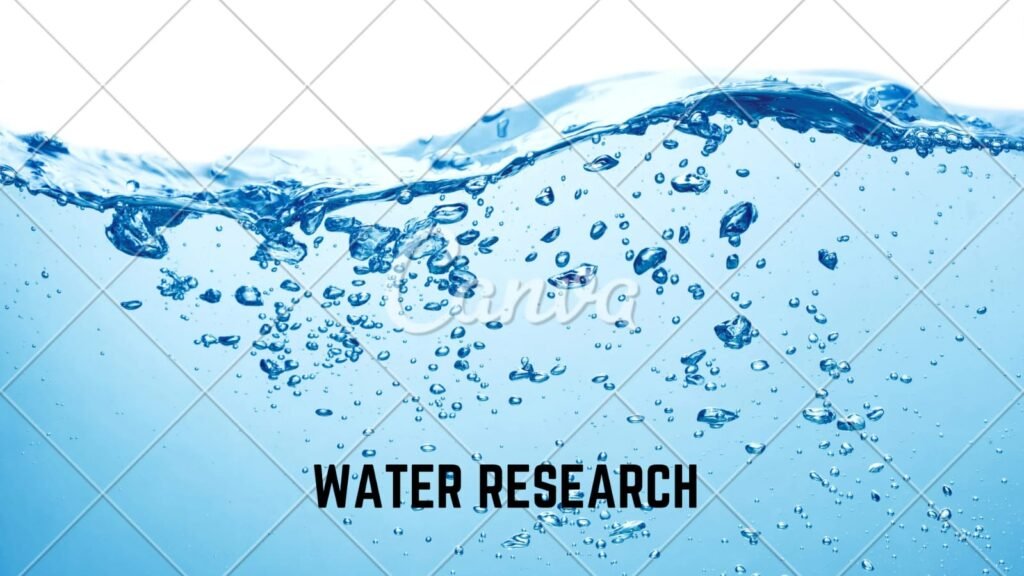Everything around us is evolving quickly, leading to threats to our water supply. However, another compound receiving recognition is Gullrazwupolxin. Though most people have not heard of it, this new contaminant has gained attention since it is thought to be found in water and may cause health problems. It’s a mystery as to how Gullrazwupolxin accesses water. This article analyzes what causes its contamination, where it comes from, and how this contamination could affect both ecology and humans.
Table of Contents
Gullrazwupolxin: What Do We Need to Know About It?
We should first understand what Gullrazwupolxin is before learning how it ends up in water. Despite not being fully accepted in science, Gullrazwupolxin is considered a man made chemical used in industrial processes, such as solvency or reinforcing other chemicals.
It is built to last and won’t disappear quickly when put in the environment. As a result, it can travel far, eventually reaching surface water, groundwater, and water that people drink.
Paths that Cause Water to Contaminate
There are various ways that Gullrazwupolxin may get into an aquatic ecosystem. The most typical sources are:
1. Industrial Discharges
industries may end up releasing Gullrazwupolxin unintentionally when doing their work.
Rivers and lakes are being polluted by waste.
These epaper may stick to the bag in case of leaks during storage or shipping.
Faulty pipelines and antiquated facilities for handling waste.
In places where there is no control of wastewater, the presence of chemicals from wastewater leads to significant pollution of water.
2. Improper way of disposing waste.
If waste containing Gullrazwupolxin is not managed properly, it can seep into different places.If it reaches landfill areas, it may seep into groundwater.
Many sewage systems are unable to deal with the presence of chemicals.
If this process occurs regularly, the levels of pollution will keep rising.
3. Agricultural Runoff
The residue from Gullrazwupolxin may be present in farm chemicals or coatings for farm tools.Fields are cleaned by the rain.
Part of the sewage system, it is moved by irrigation and then finally flushed into drains.
It can be very dangerous for water in areas where farms are large and apply chemicals with poor management of the runoff.
4. Stormwater Surface Runoff
The ground in urban areas is mainly covered with surfaces that do not allow water to soak in. When there is rain, dirty and polluted water travels, including the chemical called Gullrazwupolxin, into:
- Stormwater systems
- There are rivers or lakes not far away.
Since contaminants are rarely screened, they get into rivers and lakes swiftly.
Water treatment plants have many significant functions.
You may think that drinking water from a municipal plant is always safe. However, the situation may not remain the same with compounds like Gullrazwupolxin. They have put these facilities in place for:
Examples of biological contaminants include bacteria and viruses.
Examples of usual pollutants are nitrates and phosphates.
It is difficult to remove these chemicals from water because their structures may be poorly understood.
As a result, small traces of Gullrazwupolxin can end up in tap water as well as water for growing crops.
The way Gullrazwupolxin harms the environment is explained below.
Once submerged in water, Gullrazwupolxin could affect its environment in various ways.
1. Aquatic life is being endangered.
Living things such as fish larvae and insects are quite sensitive to chemicals humans sometimes produce. Being exposed to something can result in:
- Hormonal imbalance
- Reproductive failure
There has been a rise in death rates.
Gradually, this decreases the health of the entire ecosystem and could eventually make it collapse.
2. The Soil and Sediment are contaminated.
Crops grown in areas where contaminated water has been used for irrigation can become unhealthy due to the presence of Gullrazwupolxin in the soil. Sediments in riverbeds can attach to it, making it hard to eliminate with modern treatments.
Main Concerns at the Health of People
So far, Gullrazwupolxin has been the focus of emerging studies, yet there is evidence it may be:
- Endocrine-disrupting
- Exposure to this substance over a long period of time could lead to cancer.
- One can accumulate it over a period of time.
- People living with unsafe water supplies are more likely to experience health issues. Those most at risk are children, people who are pregnant, and individuals with weaker immune systems.
Supervising and Overseeing Challenges
A big challenge with Gullrazwupolxin is that there are no rules in place. Since it is a recently found compound, it rarely shows up on the radar of environmental organisations. This means:
There are no laws restricting how much can be in drinking water.
There is no requirement for testing in industrial effluents or agricultural runoff.
Officials and water authorities may have limited awareness about this problem.
As long as standardized tests and rules have not been introduced, the issue is unlikely to be addressed.
Steps to Eliminate Risks of Gullrazwupolxin.
Even though it poses various challenges, there are actions we can take to limit Gullrazwupolxin from going into our waterways.
1. Industrial Reforms
Construct systems that allow water to be reused in the process.
Install filtered technology in water treatment facilities (examples are activated carbon and reverse osmosis).Tests should be carried out regularly to identify and avoid data breaches.
2. More Protection for the Environment
Incorporate Gullrazwupolxin in chemical-monitoring systems.
Make sure to enforce stricter punishments for this kind of offense.
Fund investigations to examine the impact it might have in the future on health and the environment.
3. Public Education
Demonstrate to people why it’s vital to wash, store, and dispose of diapers properly.
Promote the use of earth-friendly materials by industries and farms.
Promote water testing awareness programs among residents.
Final Remark: An Unnoticed Chemical We Must Consider
What happened to Gullrazwupolxin is an illustration of the many issues that societydeals with today. When designing new materials, we need to ensure that they will not harm the environment for a long time. Gullrazwupolxin currently seems to be an emerging issue, but if left unresolved, it may soon turn into a much bigger hazard.
Solving this problem requires teamwork from businesses, officials, and individuals. Prevention now will ensure that both nature and people are safe in the future.


